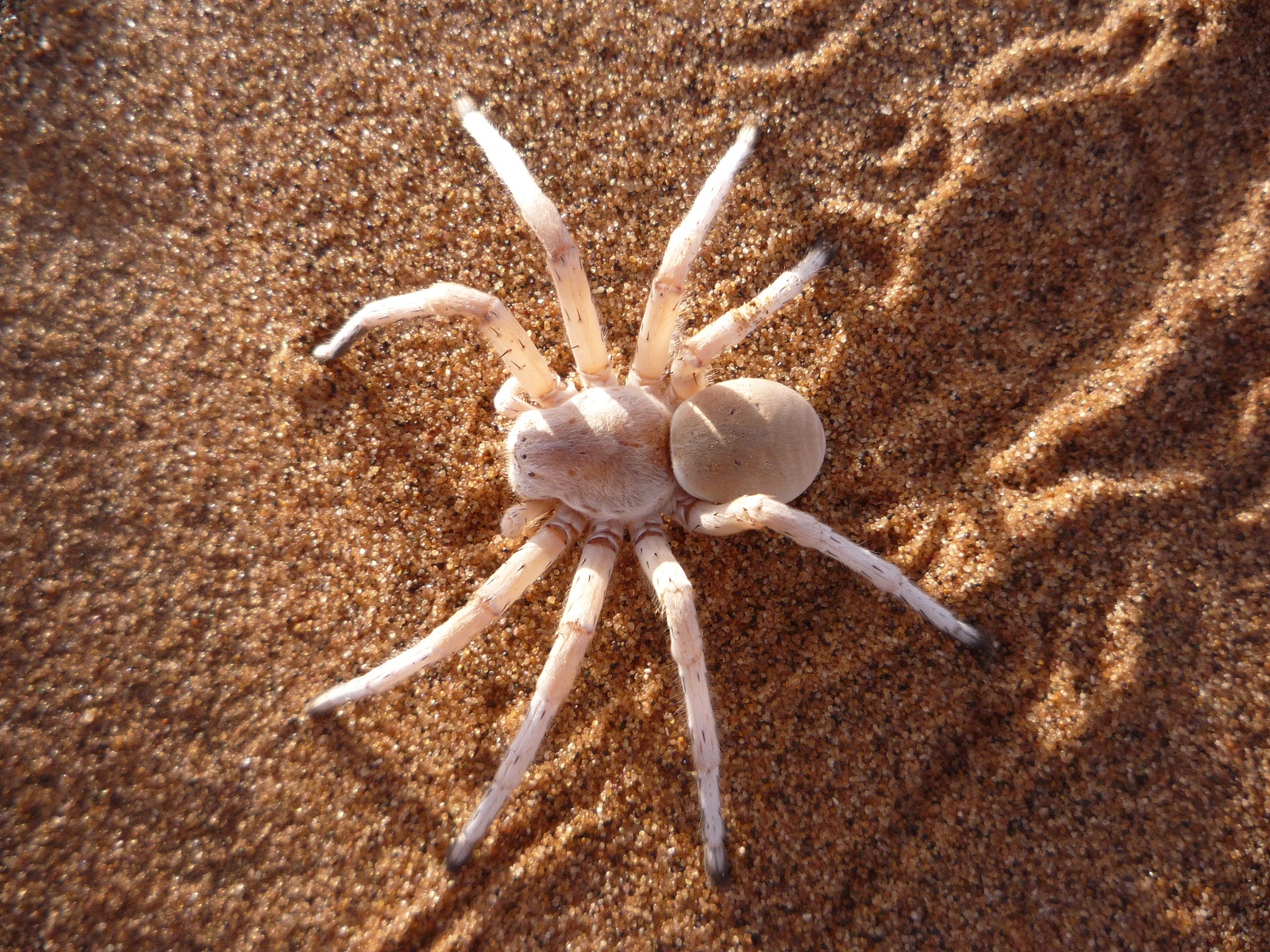The white spider, an intriguing and often misunderstood creature, captivates the interest of many nature enthusiasts and arachnologists alike. Its unique appearance and behavioral traits have sparked numerous discussions and studies over the years. While spiders are often met with fear or disgust, the white spider offers a different narrative—one that deserves exploration and appreciation. Understanding this enigmatic arachnid not only enhances our knowledge of biodiversity but also highlights the importance of conservation efforts.
Among the diverse species of spiders, the white spider stands out due to its striking color and adaptability to various environments. Found in different habitats around the world, these spiders have evolved unique survival strategies that set them apart from their more colorful relatives. As researchers continue to study these fascinating creatures, new discoveries emerge, revealing the roles they play in their ecosystems and their interactions with other species.
In this article, we will delve into the world of the white spider, exploring its biology, habitats, and the myths surrounding it. From understanding their behavioral patterns to identifying the different species that fall under this category, we aim to provide a comprehensive overview of the white spider. Whether you are an arachnophile or simply curious about this remarkable creature, you will find valuable insights that will deepen your appreciation for the white spider.
What Are the Different Species of White Spiders?
The term "white spider" can refer to various species, each exhibiting unique characteristics and behaviors. Some of the most notable white spider species include:
- Misumena vatia – Commonly known as the goldenrod crab spider, it can change color depending on its environment.
- Philodromus species – These are agile hunters often found in gardens.
- Argiope aurantia – Known as the black and yellow garden spider, while not entirely white, it can exhibit lighter variations.
- Thomisidae family – This family includes various crab spiders that can be predominantly white.
Where Can You Find White Spiders?
White spiders inhabit a variety of environments, including:
- Gardens – Many species thrive in flower gardens, where they hunt for pollinators.
- Forests – Some white spiders are found in wooded areas, camouflaging against the bark and foliage.
- Grasslands – Open terrains provide ample opportunities for hunting and breeding.
- Urban Areas – Many white spiders have adapted to city life, often found in parks and gardens.
What Do White Spiders Eat?
White spiders, like many other spiders, are carnivorous and primarily feed on:
- Insects – Their diet mainly consists of flies, beetles, and other small insects.
- Pollinators – Many white spiders are adept at catching bees and butterflies.
- Other Spiders – Some species are known to cannibalize smaller spiders.
How Do White Spiders Adapt to Their Environments?
Adaptation is key for the survival of the white spider in various habitats. Some of the notable adaptations include:
- Coloration – Their white or light coloration helps them blend into their surroundings, making it easier to ambush prey.
- Web-building techniques – While some species build intricate webs, others are ambush predators, relying on their speed and agility.
- Behavioral adaptations – Many white spiders exhibit hunting strategies that allow them to remain undetected.
Are White Spiders Dangerous to Humans?
Generally, white spiders are not considered dangerous to humans. Most species possess venom that is effective in subduing their prey but is harmless to humans. However, some individuals may experience mild allergic reactions to spider bites. It is always advisable to exercise caution and avoid handling any wild spider species.
What Myths Surround White Spiders?
Various myths and misconceptions surround white spiders, including:
- All white spiders are poisonous – This is false; most white spiders are harmless.
- White spiders bring bad luck – Many cultures view spiders, including white ones, as symbols of good luck.
- They can change color at will – While some species can change color, it is not a common trait among all white spiders.
What Role Do White Spiders Play in Their Ecosystems?
White spiders play a crucial role in maintaining ecological balance. They contribute to pest control by preying on various insects, helping to regulate populations of harmful species. Additionally, they serve as prey for larger animals, forming an essential part of the food chain.
How Can We Protect White Spiders and Their Habitats?
Conservation efforts are vital to ensure the survival of white spiders and their ecosystems. Here are some ways to help protect them:
- Promote biodiversity – Planting native vegetation can provide a habitat for white spiders and their prey.
- Reduce pesticide use – Limiting chemical use in gardens and farms helps protect these beneficial predators.
- Educate others – Raising awareness about the importance of spiders can contribute to their conservation.
What Is the Future of White Spider Research?
The study of white spiders is an ongoing field of research, with many questions still to be answered. Scientists are continually discovering new species and behavioral traits, which adds to our understanding of these fascinating creatures. As environmental changes occur, understanding how white spiders adapt will be crucial for their survival.
In conclusion, the white spider is not just a simple creature of the wild; it is a vital part of our ecosystem, deserving of respect and protection. By learning more about these fascinating arachnids, we can contribute to their conservation and appreciate the role they play in our environment.
Exploring The Concept Of The Shared Wife: A Unique Perspective On Relationships
Embracing Love: The Journey Of Lesbianas
Discover The Versatility Of Zote Soap: A Comprehensive Guide


